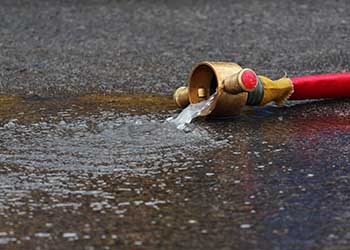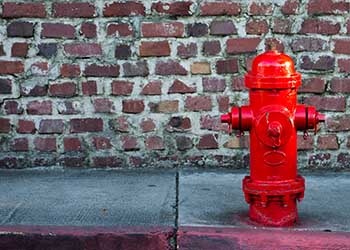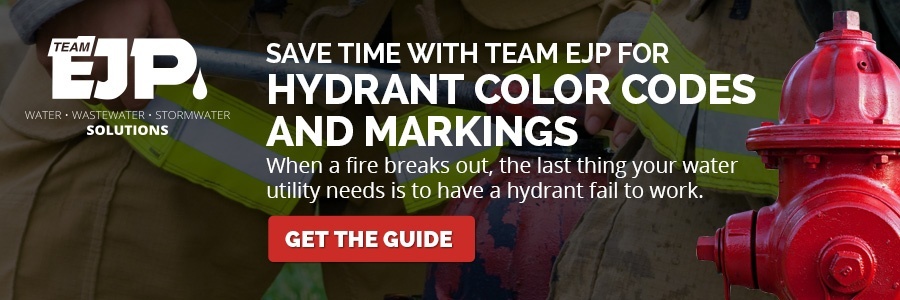Stay on Top of Hydrant Flow Testing with Team EJP Service
- Home
- Team EJP Blog
- Stay on Top of Hydrant Flow Testing with Team EJP Service
- Mar 23, 2018 2:23:33 PM
- Everett J. Prescott
When it comes to keeping on top of system maintenance, hydrant flow testing is an important part of your routine. As an indicator of everyday operations as well as meeting emergency firefighting needs, staying on top of your hydrant flow testing is vital to ensure your customers have the water they need when it's needed most. Here's a quick look at the testing process as well as how to stay on top of the maintenance when you have more pressing matters on your to-do list.
There are any number of issues that can impact your water supply system. Changes in usage, new branches or line deterioration can all change the performance of water flow at your hydrants. Testing the rate of flow at your hydrants tells you a great deal about the overall condition of your water supply system. It also allows you to find mechanical issues with your hydrants, such as valve problems. To ensure that your hydrants are functioning at a good rate of flow, it's important to check your hydrants on a regular basis. Some standards require a third of your water hydrants be tested every year, completing the entire system every three years, while others work on a five-year cycle.

To test the hydrant flow, you'll need a static or residual gauge with the appropriate adapters to fit your hydrant, along with a pitot gauge. You'll be reading the static gauge first, to determine the pressure available in the system without any demand on it. The same gauge will act as the residual gauge, recording the remaining pressure on the system when the hydrant is flowing, and will be read at the same time as the pitot gauge. This reading will give you the total flow coming out of the hydrant.
To test main line flow, you'll need to have a static and residual gauge with the appropriate adapters to fit your hydrant as well as the pitot gauge to read nozzle pressure with the appropriate adaptors. You'll need to set these tools up on two adjoining hydrants, one of which will record the static and residual pressures while the pitot gauge will measure the flow. This allows you to determine how much pressure is left in the system as a whole once a hydrant has been activated, along with the flow that is released through the active hydrant. This is important to determine how well fire departments can respond to larger blazes that require more than one hydrant to be activated.

However, there are other considerations when you are testing your hydrants. If your system uses chlorinated water and you'll be discharging into a sensitive ecosystem, you'll need to dechlorinate the water before releasing it into that environment. Will the discharge of the water impact traffic or cause erosion issues? If these are concerns in the areas where you're testing, you'll want to make sure the discharge is controlled in some fashion.
By staying on top of your hydrant flow testing, you can ensure that your system will be running at peak efficiency when it's needed most. When your schedule is too busy to get around to hydrant flow testing, Team EJP is here to help. Please feel free to contact us today with any questions, for additional information or to schedule a service for your water utility.








